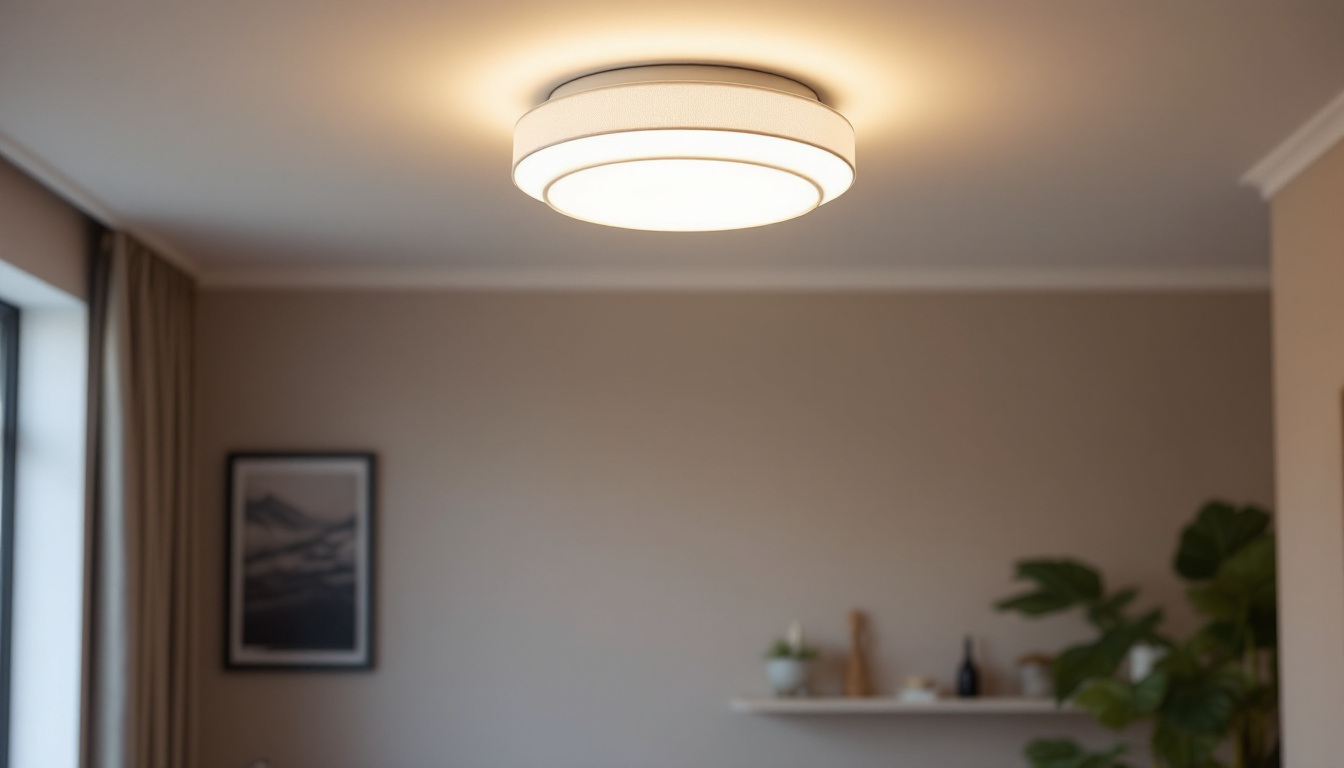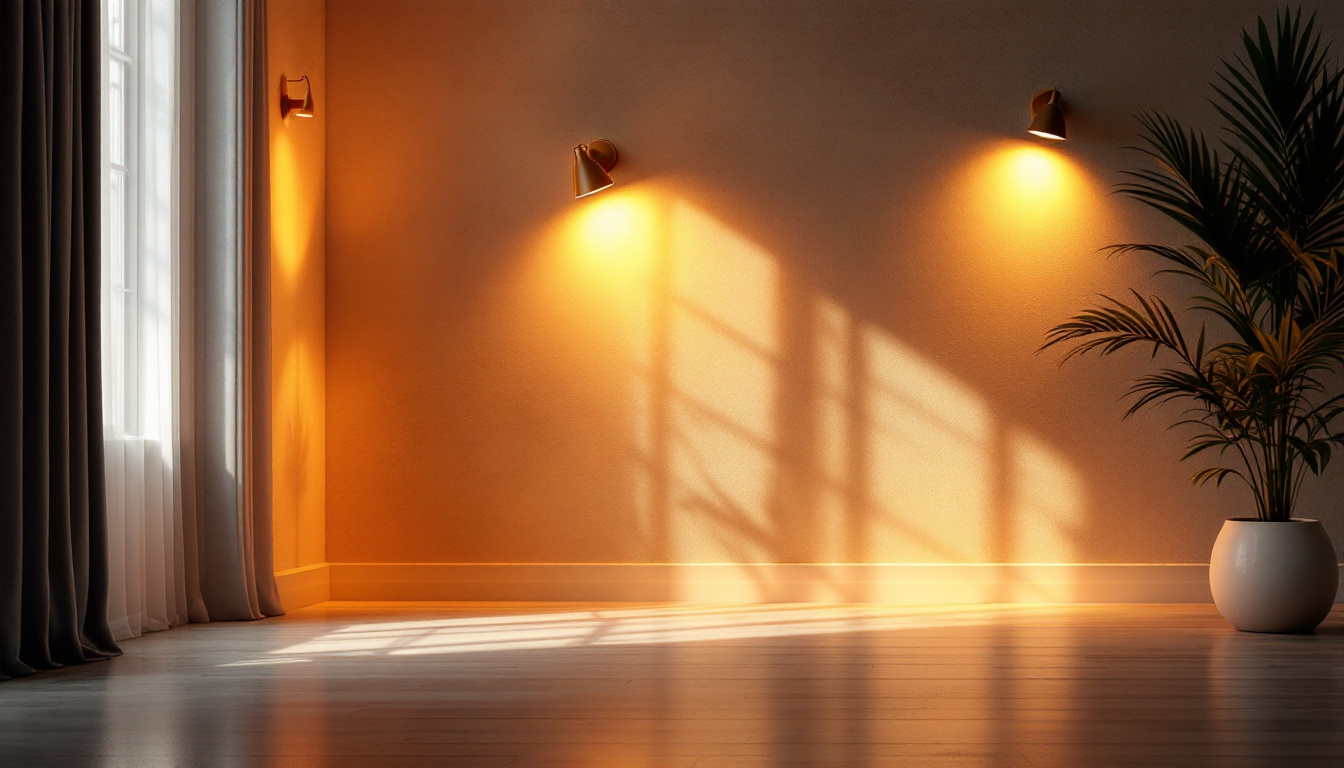
Flushmount lights are a staple in modern lighting design, offering versatility and functionality for various spaces. For lighting contractors, understanding the best practices associated with these fixtures is crucial for ensuring optimal installation and customer satisfaction. This article delves into the essential aspects of flushmount lighting, from selection and installation to maintenance and troubleshooting.
Flushmount lights are designed to be mounted directly against the ceiling, providing a sleek and unobtrusive lighting solution. They are ideal for rooms with low ceilings, where hanging fixtures could pose a hazard or disrupt the aesthetic. Available in various styles, sizes, and finishes, flushmount lights can complement any décor while providing ample illumination. Their versatility makes them a popular choice for both residential and commercial spaces, as they can seamlessly blend into any environment without drawing too much attention away from other design elements.
In addition to their aesthetic appeal, flushmount lights also offer practical benefits. They can enhance the functionality of a room by providing even, widespread light that minimizes shadows. This is particularly important in spaces like kitchens and work areas, where adequate lighting is crucial for safety and efficiency. Furthermore, many modern flushmount fixtures come equipped with dimmable features, allowing users to adjust the brightness according to their needs and mood, thereby enhancing the overall ambiance of the space.
There are several types of flushmount lights, each serving unique purposes. The most common types include:
Understanding the different types available allows contractors to recommend the best option based on client needs and the specific characteristics of the installation space. For example, while standard flushmounts are great for basic lighting, drum flushmounts can serve as statement pieces that add character to a room. Additionally, LED options not only reduce energy bills but also come in various color temperatures, allowing homeowners to choose between warm, inviting light or cool, crisp illumination.
Selecting the appropriate size and style of flushmount light is essential for achieving both functionality and aesthetic appeal. The size of the fixture should be proportionate to the room dimensions. For instance, a small flushmount may be suitable for a bathroom, while a larger fixture could be necessary for a spacious living room.
In terms of style, contractors should consider the overall design theme of the space. A modern home may benefit from sleek, minimalist designs, while traditional settings may call for more ornate fixtures. Offering a variety of options can help clients feel more satisfied with their choices. Additionally, it’s important to think about the finish of the fixture; metals like brushed nickel or matte black can add a contemporary touch, while antique brass or bronze finishes may enhance a vintage or rustic aesthetic. Ultimately, the right combination of size, style, and finish can transform a simple flushmount light into a stunning focal point that elevates the entire room.
Proper installation of flushmount lights is critical to ensure safety and functionality. Following best practices can help contractors avoid common pitfalls and deliver high-quality results.
Before beginning any installation, it is vital to gather all necessary tools and materials. This includes the flushmount fixture, mounting hardware, electrical wiring, and any additional components required for the specific installation. Additionally, contractors should always prioritize safety by turning off the power at the circuit breaker and using appropriate personal protective equipment.
Another essential preparation step is to assess the existing electrical setup. Understanding the wiring and ensuring compatibility with the new fixture can prevent complications during installation.
The installation of flushmount lights typically follows a straightforward process. Here’s a brief overview:
Following these steps can help ensure a successful installation, minimizing the likelihood of issues arising later.
Electrical considerations are paramount in any lighting installation. For flushmount lights, understanding the electrical requirements and ensuring compliance with local codes is essential for safety and functionality.
When selecting flushmount lights, it is crucial to consider their wattage and voltage requirements. Most residential fixtures operate on standard 120 volts, but it is essential to verify specifications to avoid overloading circuits. Additionally, contractors should be aware of the wattage limits of the fixture and the circuit to ensure safe operation.
Using LED bulbs can significantly reduce energy consumption while providing adequate illumination. Contractors should educate clients on the benefits of LED technology, including longer lifespan and lower energy costs.
Every region has specific electrical codes that must be adhered to during installation. Familiarity with these codes is essential for contractors to ensure compliance and avoid potential legal issues. This includes understanding requirements for grounding, circuit protection, and fixture placement.
Contractors should also be aware of any necessary permits required for electrical work. Ensuring all installations are compliant not only protects the contractor but also provides peace of mind for the client.
Maintaining flushmount lights is crucial for ensuring their longevity and performance. Educating clients on proper care and troubleshooting common issues can enhance customer satisfaction and reduce service calls.
Regular maintenance can prevent many common issues associated with flushmount lights. Here are some tips to share with clients:
By encouraging clients to perform regular maintenance, contractors can help ensure the longevity and efficiency of their flushmount lighting installations.
Even with proper maintenance, issues may arise with flushmount lights. Here are some common problems and troubleshooting tips:
Providing clients with troubleshooting guidelines can empower them to address minor issues independently, enhancing their overall satisfaction with the installation.
When selecting and installing flushmount lights, design considerations play a significant role in achieving a cohesive look within a space. Lighting contractors should be well-versed in design principles to help clients make informed choices.
Color temperature and brightness are essential factors that can dramatically affect the ambiance of a room. Flushmount lights are available in various color temperatures, typically ranging from warm white (2700K) to cool white (5000K).
Contractors should discuss with clients the desired mood for each space. For example, warm white light is often preferred in living areas for a cozy atmosphere, while cooler temperatures may be more suitable for task-oriented spaces like kitchens or offices.
Effective lighting design often involves layering different types of light to create depth and interest. While flushmount lights provide general illumination, combining them with other lighting sources, such as wall sconces or table lamps, can enhance the overall effect.
Contractors can guide clients in selecting complementary fixtures that work harmoniously with flushmount lights, ensuring a well-lit and visually appealing environment.
Flushmount lights are an essential component of modern lighting design, offering versatility and functionality for various applications. By understanding the different types of flushmount fixtures, following best installation practices, and considering electrical and design factors, lighting contractors can deliver exceptional results that meet client expectations.
Moreover, educating clients on maintenance and troubleshooting can foster long-term satisfaction and trust in the contractor’s expertise. By implementing these best practices, lighting contractors can enhance their service offerings and establish themselves as leaders in the industry.
In a world where lighting plays a crucial role in shaping environments, mastering the art of flushmount lighting can set contractors apart, ensuring they provide not just light, but also comfort, safety, and style.
Ready to elevate your lighting installations with the best in flushmount fixtures? Look no further than LumenWholesale, where we provide contractors with the highest quality, spec-grade lighting products at prices that can’t be beaten. Our extensive selection is designed to meet the most rigorous industry standards, ensuring that every project shines with reliability and performance. Plus, with free shipping on bulk orders, you can stock up on premium lighting solutions without worrying about hidden costs or compromises. Don’t miss out on the perfect combination of quality, affordability, and convenience. Discover the value of wholesale lighting with LumenWholesale today.

Discover the causes and solutions for flickering lightbulbs with our comprehensive guide tailored for lighting contractors.

Illuminate your expertise with our comprehensive guide on house outdoor lights, tailored specifically for lighting contractors.

Discover the essential steps to safely remove ballasts for LED installations and understand why this process is crucial for efficient lighting.

Discover how light covers for walls can transform your space with enhanced lighting solutions.